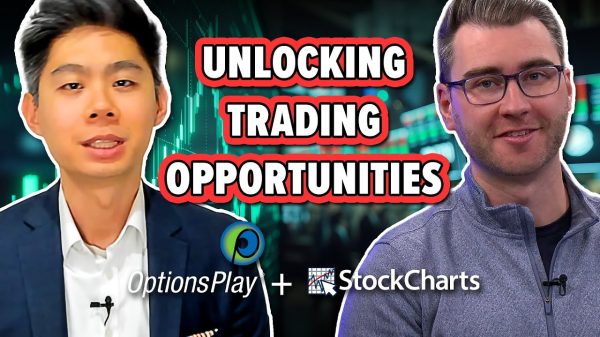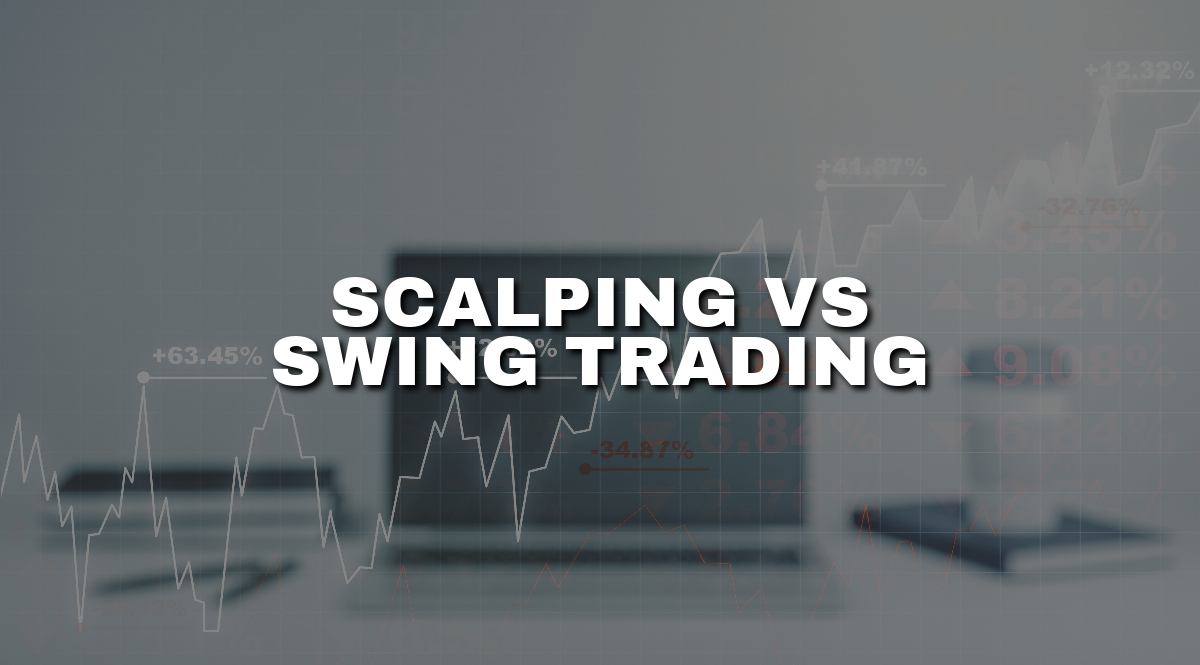Scalping vs Swing Trading: How to choose Your Style
Scalping and swing trading are two popular methods used in the stock market, each with its distinct characteristics, advantages, and disadvantages. Understanding the differences between them can help traders choose the strategy that best suits their goals, trading style, and risk tolerance. Scalp trading vs swing trading: It is vital to learn as much as possible about scalp trading vs swing trading. Let’s discuus the main differences and tips. Which one is most suitable for you? scalp trading vs swing trading?
Scalping
Scalping is a trading strategy that involves making numerous trades over a short period, often minutes or even seconds.
Scalpers aim to make small profits on each trade, which can add up over the course of many trades.
This strategy relies heavily on technical analysis and real-time market data.
Trades are usually executed based on small price movements.
Pros:
Quick profits: Scalpers can realize gains quickly, often within minutes.
Less exposure to risk: Shorter exposure to the market reduces the risk associated with long-term market fluctuations.
High volume, low margin: By making many small trades, scalpers can accumulate significant profits over time.
Cons:
High stress and time requirement: Scalping requires constant market monitoring and quick decision-making, which can be stressful and time-consuming.
Transaction costs: Frequent trading can lead to higher transaction costs, which can eat into profits.
Requires significant discipline: Scalpers must be able to make quick decisions and adhere strictly to their trading strategy to be successful.
Swing trading
Swing trading involves holding onto a trade for several days to weeks to profit from expected upward or downward price shifts.
This strategy is less time-intensive than scalping and relies on a combination of technical and fundamental analysis.
Swing traders aim to capture a single move or “swing” in the market.
Pros:
Less time-consuming: Swing trading doesn’t require constant market monitoring, making it more suitable for those with full-time jobs.
Potential for larger profits per trade: Swing traders can capture larger price movements, potentially leading to more significant profits per trade.
Balanced approach: It offers a more balanced approach to trading, not as fast-paced as scalping but still active.
Cons:
Overnight risk: Holding positions for days or weeks exposes the trader to overnight or weekend market risks.
Requires patience and discipline: Swing trading requires patience to wait for the right trading opportunities and discipline to stick to the strategy.
Higher capital requirement: Generally, swing trading requires a larger capital outlay than scalping.
Scalp trading vs swing trading
Comparison and suitability
The choice between scalping and swing trading depends largely on individual preferences and circumstances.
Time availability: Scalping requires significant time and attention, making it less suitable for those who cannot dedicate several hours a day to trading. Swing trading, on the other hand, is more feasible for those with full-time jobs.
Risk tolerance: Scalping involves lower risk per trade but requires high discipline to avoid significant losses. Swing trading involves higher risk per trade but allows for more detailed analysis per trade.
Trading experience: Scalping often requires more experience and skill, given the fast-paced nature of the strategy. Swing trading can be more suitable for those with a moderate level of experience.
The role of leverage
Leverage in trading is a powerful tool that allows traders to increase their market exposure beyond what would be possible with their actual capital. While it can amplify profits, it also increases the potential for significant losses, making it a double-edged sword in the financial markets. Understanding leverage and its implications is crucial for any trader considering its use.
Definition and Mechanics of Leverage
Leverage involves borrowing funds to increase the size of a trade or investment. It is commonly expressed as a ratio, such as 1:10, meaning that for every dollar of the trader’s capital, they can control $10 in the market. This is achieved through various financial instruments or borrowing mechanisms provided by brokers.
Advantages of leverage
Enhanced profits: The primary advantage of leverage is the potential for increased profits. It allows traders to make significant gains from small price movements in the market.
Capital efficiency: Leverage enables traders to utilize their capital more efficiently, opening up more trading opportunities without the need for substantial funds.
Diversification: With leverage, traders can spread their capital over a broader range of investments, potentially reducing risk through diversification.
Risks and disadvantages
Magnified losses: Just as profits are amplified, losses are also magnified. A small move in the market can lead to substantial, rapid losses, potentially exceeding the initial investment.
Margin calls: Leveraged positions require a maintenance margin. If the market moves against the trader, they may face a margin call, requiring additional funds to keep the position open.
Increased Costs: Trading on leverage often incurs higher fees and interest charges, impacting the overall profitability of trading activities.
Market volatility: Leveraged trading in volatile markets can be particularly risky, as rapid price changes can lead to large losses quickly.
Best practices for using leverage
Risk management: Employing strict risk management strategies, such as stop-loss orders and limiting leverage use, is crucial to protect against large losses.
Education and experience: Understanding the market and having experience in trading is essential before using leverage. Novice traders should approach leverage cautiously.
Monitoring and discipline: Leveraged positions require constant monitoring and a disciplined approach to trading. Emotional decision-making can lead to significant losses.
Capital preservation: Prioritize the preservation of capital over the pursuit of high returns. Using leverage conservatively can help ensure the longevity of a trading career.
Leverage is a potent tool in trading that can significantly increase profit potential but also brings a heightened level of risk. It should be used judiciously, with a comprehensive understanding of its mechanics and implications.
Proper risk management and a disciplined approach are essential for any trader looking to leverage their investments. While leverage can be an asset in skilled hands, it can be perilous for the unprepared or inexperienced trader.
Market volatility
We shouldn’t forget about other important topics.
Market volatility refers to the frequency and magnitude of price movements in financial markets. It is a critical factor that investors and traders consider when making decisions, as it impacts the risk and potential return of investments.
Volatility is often measured using statistical metrics like the standard deviation or variance of returns. High volatility indicates larger swings in prices, while low volatility signifies more stable and predictable price movements.
The most widely known measure of market volatility in the stock market is the Volatility Index (VIX), often referred to as the “fear index,” which gauges the market’s expectation of 30-day volatility based on S&P 500 index options.
Causes of market volatility
Economic indicators: Reports on employment, inflation, interest rates, and GDP can sway market sentiments, leading to volatility.
Geopolitical events: Political instability, elections, wars, and diplomatic relations can have significant impacts on the markets.
Financial crisis: Events like the 2008 financial crisis or the COVID-19 pandemic can cause sharp increases in volatility.
Corporate news: Company-specific news like earnings reports, mergers, or scandals can cause significant price swings in individual stocks.
Market sentiment: Investor behavior, driven by fear or greed, can lead to rapid buying or selling, influencing volatility.
Impact of volatility
Risk and return: Volatility is a key component of risk; higher volatility often implies the potential for higher returns, albeit with increased risk.
Investment strategies: Different levels of volatility favor different investment strategies; high volatility may benefit short-term traders, while long-term investors may prefer stable markets.
Portfolio management: In volatile times, diversification and risk management become more critical to mitigate potential losses.
Market opportunities: Volatility can create buying opportunities for undervalued assets or profit from short-term price movements.
To sum up, both scalping and swing trading have their distinct advantages and challenges. Scalping is best suited for traders who can dedicate a lot of time to the markets and who thrive in a fast-paced environment. Swing trading, meanwhile, is more suitable for those looking for a less time-intensive approach and who are comfortable holding positions over a longer period of time.
Ultimately, the choice depends on the trader’s lifestyle, risk tolerance, and investment goals. Each trader should carefully consider their own situation and preferences before deciding which strategy to adopt.
The post Scalp vs Swing Trading: How to choose Your Style appeared first on FinanceBrokerage.
























